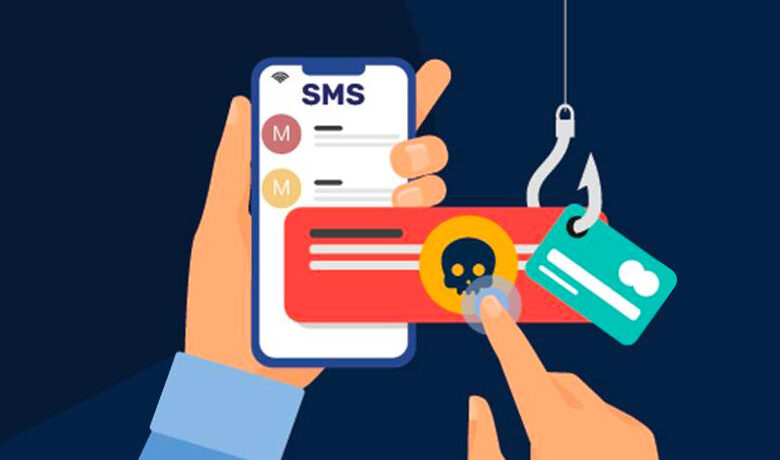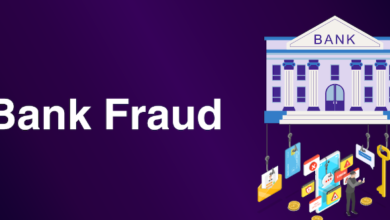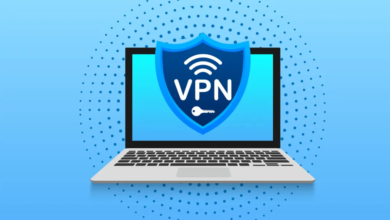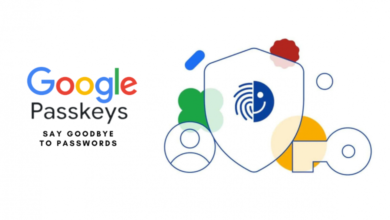
Smishing: The Silent Threat in Your Text Messages (and How to Protect Yourself)
What is Smishing?
Smishing is phishing through SMS. Instead of sending malicious links or fraudulent requests via email, cybercriminals send them via text message. The text often appears to come from a trusted source, like a bank, a popular retailer, or even a friend.
These messages frequently include urgent calls to action, like:
- “Your account has been locked. Click here to verify your information.”
- “You’ve won a prize! Click to claim.”
- “Unusual activity detected on your account. Contact us immediately.”
Despite their seemingly harmless nature, clicking on these links can expose you to severe risks. Attackers may ask you to enter personal information, download malware, or even transfer money.
How Does Smishing Work?
Smishing attacks are simple but effective:
- The Bait: The attacker sends a text designed to grab your attention and create a sense of urgency or excitement.
- The Hook: A link or phone number is provided, which prompts you to click or respond.
- The Sting: If you interact, you may be redirected to a fake website or unknowingly download malware, giving the attacker access to your personal information or device.
Because text messages often come from people we trust and aren’t as scrutinized as email, people are more likely to fall for smishing. And since SMS doesn’t have the same spam filters as email, these attacks often go undetected by your mobile provider.
Real-World Examples of Smishing Attacks
Smishing has been on the rise for years, but it surged in 2020, as cybercriminals took advantage of COVID-related fears and confusion. Here are a few examples of smishing messages people might encounter:
- Bank Scams: “Chase Alert: Unusual activity detected on your account. Please verify here [fake link].”
- Delivery Scams: “Your package couldn’t be delivered. Please click here to reschedule [fake link].”
- Prize Scams: “Congratulations! You’ve won a $1,000 Amazon gift card. Claim now [fake link].”
Also Check
Why Smishing is So Effective
Unlike phishing emails, which we’ve been trained to approach with caution, text messages feel direct and familiar. Additionally, texts are shorter, making it difficult to spot subtle signs of fraud. Smishing capitalizes on this:
- Urgency: Many messages imply immediate action is required, prompting people to respond quickly without thinking.
- Personalization: Smishing messages often mimic familiar language and brands, creating a false sense of legitimacy.
- Mobile Vulnerabilities: Phones are more susceptible to attacks than computers, and not all mobile operating systems are equally secure.
How to Protect Yourself from Smishing
While smishing attacks are increasingly common, the good news is that there are steps you can take to safeguard yourself and your data.
1. Don’t Click Links in Unsolicited Texts
Avoid clicking links in any unsolicited text, especially if the message is asking for personal or financial information. Instead, go to the official website directly or contact the organization through their verified contact information.
2. Verify the Source
If you receive a suspicious text that appears to be from your bank or a business, don’t reply or click. Contact the company directly to confirm the message’s legitimacy.
3. Install Security Software on Your Mobile Device
Security software for mobile devices can detect and block malware and other malicious content, helping to protect you in real-time from smishing links.
4. Report Smishing Attempts
Report smishing messages to your mobile carrier. Most U.S. carriers support forwarding spam texts to 7726 (SPAM), which helps carriers identify and block these malicious numbers.
5. Educate Others
Make sure friends, family, and coworkers are aware of smishing and how to avoid it. In particular, help older adults who may be less familiar with this type of attack. The more people know, the safer everyone is.
What to Do If You’ve Already Fallen for a Smishing Attack
If you accidentally clicked on a smishing link or provided personal information, take action quickly:
- Run a security scan on your device to detect and remove any malware.
- Change your passwords, particularly for accounts tied to any compromised information.
- Monitor your financial statements for any unusual activity.
- Notify your bank or other affected institutions if you’ve shared any sensitive financial details.
Smishing may be a newer scam, but it’s quickly becoming a significant security threat. Staying vigilant and taking proactive steps to verify any unsolicited messages can go a long way in keeping your information secure.
Remember, when it comes to smishing, if it seems too urgent or too good to be true, it probably is. Stay alert, stay informed, and share this knowledge to help protect others. The more we understand and talk about smishing, the less power these scammers have over us.




